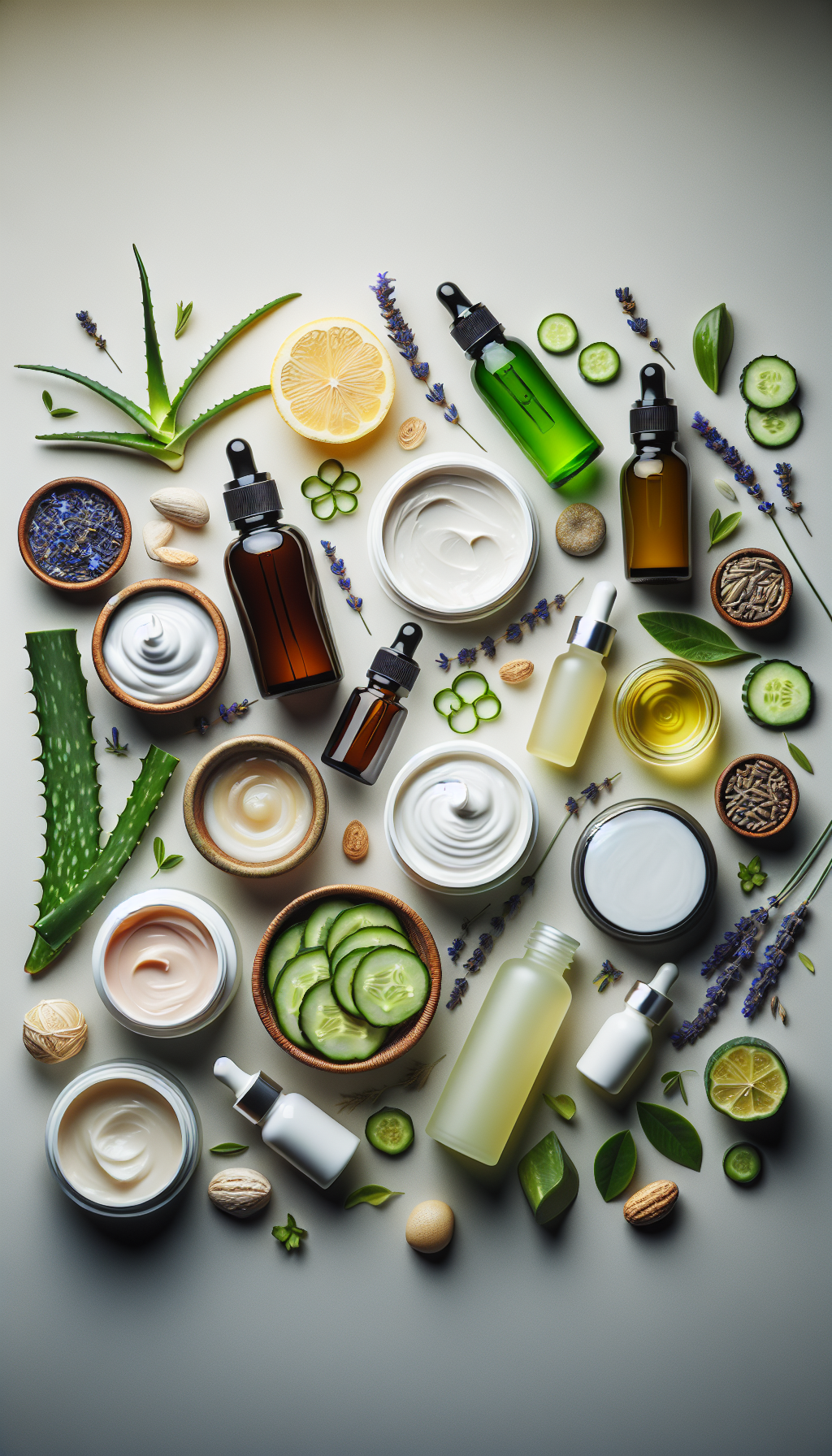As we age, maintaining skin elasticity becomes increasingly important. It’s not just about aesthetics; healthy skin is an integral part of our overall wellness. During midlife, our skin faces natural challenges such as hormonal changes, decreased collagen production, and environmental stressors. Fortunately, there are proactive steps you can take to enhance skin elasticity and promote skin health. From understanding the role of collagen to incorporating specific skin care routines, this comprehensive guide will provide you with insightful tips for keeping your skin supple and vibrant through the years.
Understanding Skin Elasticity and Aging
Skin elasticity refers to the skin’s ability to stretch and return to its original shape. This quality is largely due to two proteins: collagen and elastin. Collagen provides structure and firmness, while elastin allows for flexibility. As we enter midlife, the body’s production of these proteins naturally slows down, leading to signs of aging such as wrinkles and sagging skin.
To combat these effects, it’s crucial to focus on skin health strategies that can bolster the skin’s resilience. This includes both lifestyle changes and targeted skin care practices that can help to maintain and even improve skin elasticity.
Maximizing Collagen Production
One of the most effective ways to enhance skin elasticity is to encourage the body’s production of collagen. This can be achieved through a balanced diet rich in vitamins C and E, which are known to support collagen synthesis. Additionally, incorporating certain key vitamins for skin health and repair, such as vitamin A and zinc, can further boost your skin’s ability to regenerate and stay firm.
Supplementing with hydrolyzed collagen peptides or using topical treatments that contain retinoids can also be beneficial. The role of collagen in maintaining a youthful appearance is well-documented, so consider products and supplements that are specifically designed to enhance collagen levels in the skin.
Protecting Against Environmental Damage
Environmental factors like UV radiation, pollution, and extreme temperatures can impair skin elasticity. It’s essential to protect your skin from these elements by using broad-spectrum sunscreen, wearing protective clothing, and applying antioxidants that can neutralize free radicals. Antioxidants like vitamin C, vitamin E, and green tea extract are excellent for this purpose.
For more in-depth strategies, explore the insights on how to prevent and treat skin photoaging, which includes tips for protecting your skin from the harmful effects of sun exposure.
Regular Skin Care Routine
Establishing a consistent skin care routine is vital for maintaining elasticity. This should include gentle cleansing, moisturizing, and the application of targeted treatment products that promote skin health. Ingredients such as hyaluronic acid can help retain moisture, while peptides may improve skin firmness.
For those with combination skin, understanding how to build a skin care routine for combination skin can make a significant difference in managing different areas of the face that may have varying needs.
Professional Treatments and Therapies
Professional dermatological treatments can also enhance skin elasticity. These may include chemical peels, laser therapy, and microdermabrasion, which can stimulate collagen production and improve skin texture. Consulting with a dermatologist is key to determining which treatments are best suited for your skin type and concerns.
The importance of regular dermatologist visits for skin health cannot be overstated, especially when seeking professional advice on improving skin elasticity.
Lifestyle Factors
Lifestyle choices play a substantial role in skin health. Smoking, excessive alcohol consumption, and poor sleep can all negatively impact skin elasticity. On the other hand, regular exercise, adequate hydration, and a diet rich in antioxidants can support your skin’s natural ability to bounce back.
For those looking to incorporate fitness into their routine, exploring fitness strategies that align with enhancing skin health can be particularly beneficial.
Additional Tips for Skin Elasticity
- Facial Massage: Regular facial massages can stimulate blood flow and promote the production of collagen. This can be done manually or with the help of massage tools designed for the face.
- Omega-3 Fatty Acids: Including omega-3-rich foods in your diet, such as fish and flaxseed, can help maintain the skin’s lipid barrier and support elasticity.
- Stay Hydrated: Drinking enough water is essential for maintaining skin hydration, which directly impacts its elasticity.
External Resources for Further Reading
To delve deeper into the science of skin elasticity and aging, consider reviewing these niche resources:
- Exploring the Impact of Nutrition on Skin Aging
- The Role of Dietary Supplements in Skin Elasticity
- Advances in Understanding Skin Elasticity and Aging
In conclusion, enhancing skin elasticity in midlife requires a multifaceted approach. By combining a healthy lifestyle, protective measures, a consistent skin care routine, and possibly professional treatments, you can significantly improve the resilience and appearance of your skin. Remember to consult with a dermatologist for personalized advice and to stay informed with the latest breakthroughs in skin health. With the right knowledge and tools at your disposal, you can support your skin’s elasticity and retain a youthful, healthy glow for years to come.



